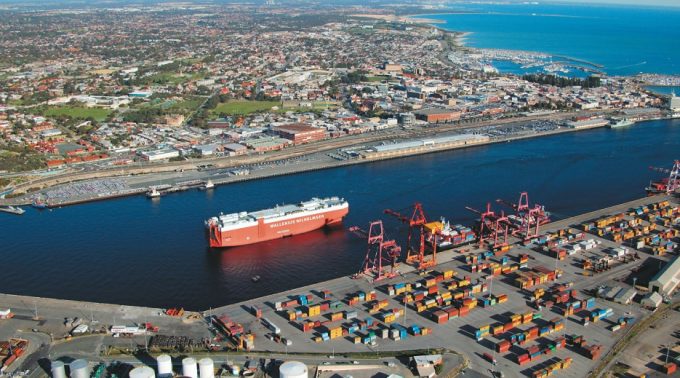Charter rates for PCTCs falling as tariffs put brake on EVs
Charter rates for pure car and truck carriers (PCTCs) are expected to halve from their ...

As the container shipping bonanza comes to an end, the ro-ro market has come alive, with full ships, spot rates in the stratosphere and space on vessels at an absolute premium for months to come.
Forwarders looking to ship electric vehicles are having to book up to four months in advance, as carriers meet service contracts, but for any excess freight, even that for contracted customers, it means having to pay spot rates.
This can be very costly, as ro-ro rates have ...
Comment on this article